With His Blue Cock on Proud Display (Book Three, Part 8: Grant Morrison)
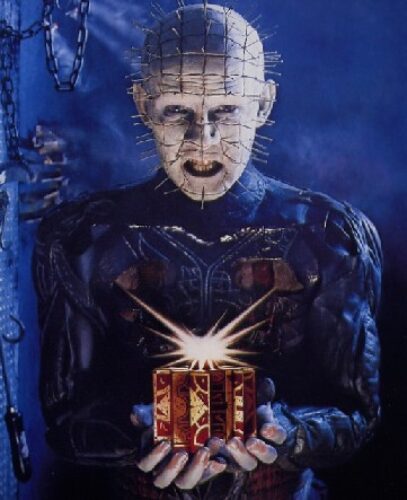
Previously in The Last War in Albion: Grant Morrison conceived of Animal Man as a postmodernist comic, a school of thought that was in many ways comparable to their beloved school of Chaos Magic.
The God of Watchmen was far from shy. He liked to muscle his way into every panel, every line. He strutted into view with his blue cock on proud display, and everywhere you looked the Watchmaker was on hand to present his glittering structure for our approval and awe. —Grant Morrison, Supergods
As Morrison explained it, “Chaos Magic as I understand it is simply a description for a type of modern quasi-shamanic practice which incorporates ALL other magics, allowing the practitioner to choose from a constantly changing postmodern menu of techniques, gods, cosmologies, rituals etc. Chaos Magic might use a traditional Enochian ritual as the framework for an invocation of Clive Barker’s Pinhead or Mickey Mouse. Chaos emphasizes work and results over abstract theorizing. In addition to sorcery, it makes use of Reichian body therapy, NLP and Ericksonian hypnosis to facilitate the creation of multiple creative selves.”
More directly related to Animal Man, however, is the Argentinian writer Jorge Luis Borges, mentioned by Morrison in several interviews as an influence on their work. Like chaos magic, this is an influence that can be found on multiple Morrison works, including explicitly in their Doom Patrol run. But two stories apply particularly to Animal Man. The first is “Pierre Menard, Autor of the Quixote,” which Borges writes in the form of a mock essay analyzing the work of Pierre Menard, a man who threw himself into Don Quixote and the life of Miguel de Cervantes with such vigor that he was able to recreate Don Quixote from first principles, composing a version of it which is in practice word for word identical to the original. Borges’s story, with straight-faced humor, then proceeds to elucidate the ways in which these identical works are in fact profoundly different, discussing how “It is a revelation to compare the Don Quixote of Pierre Menard with that of Miguel de Cervantes. Cervantes, for example, wrote the following (Part I, Chapter IX):
…truth, whose mother is history, rival of time, depository of deeds, witness of the past, exemplar and adviser to the present, and the future’s counselor.
This catalog of attributes, written in the seventeenth century, and written by the “ingenious layman” Miguel de Cervantes, is mere rhetorical praise of history. Menard, on the other hand, writes:
…truth, whose mother is history, rival of time, depository of deeds, witness of the past, exemplar and adviser to the present, and the future’s counselor.
History, the mother of truth!–the idea is staggering.” There is a clear line from this sort of game and the metafictional play of Morrison’s interpolation of Crisis, cheekily remixing “I Was the Man With Animal Powers” into his narrative as an actual comic, at once a living origin and a cast off piece of pre-Crisis continuity.”…

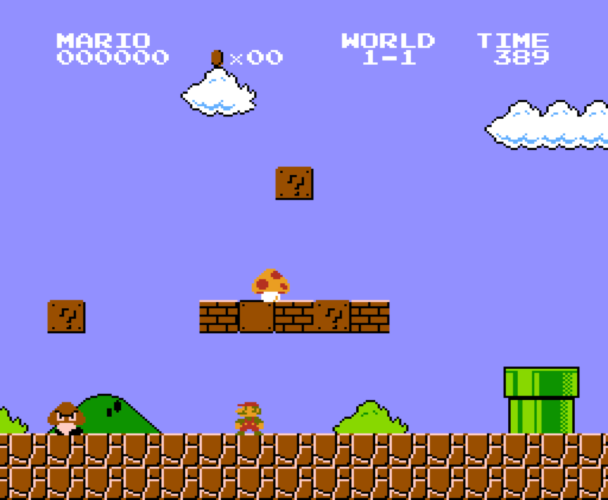
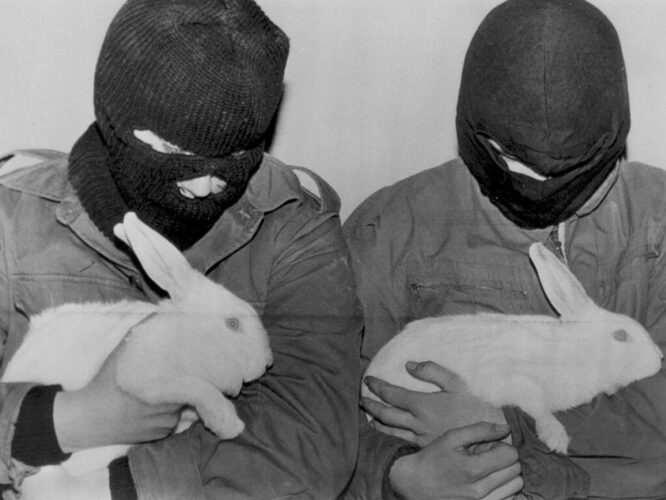
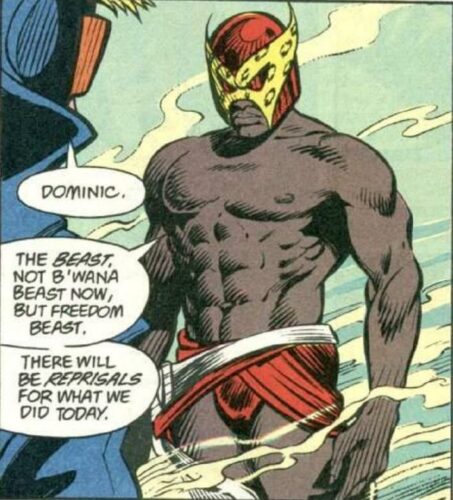
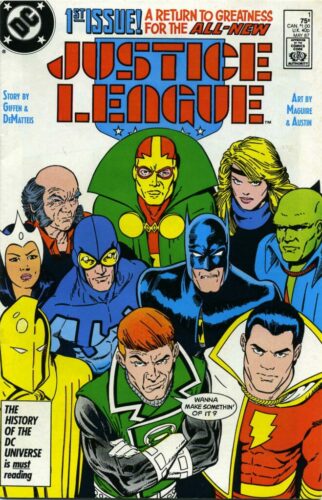
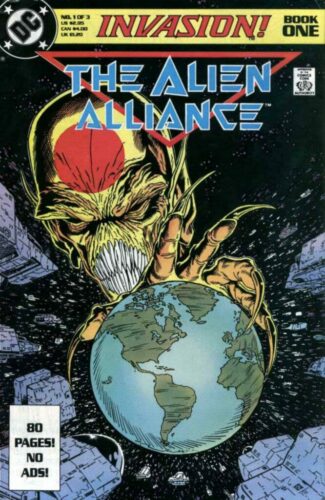
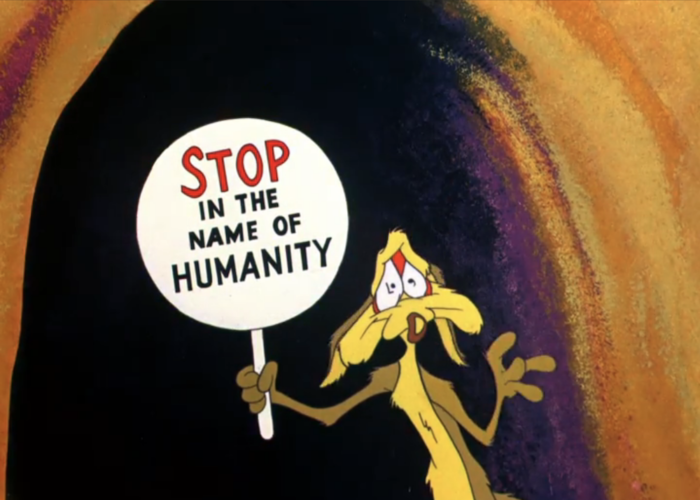
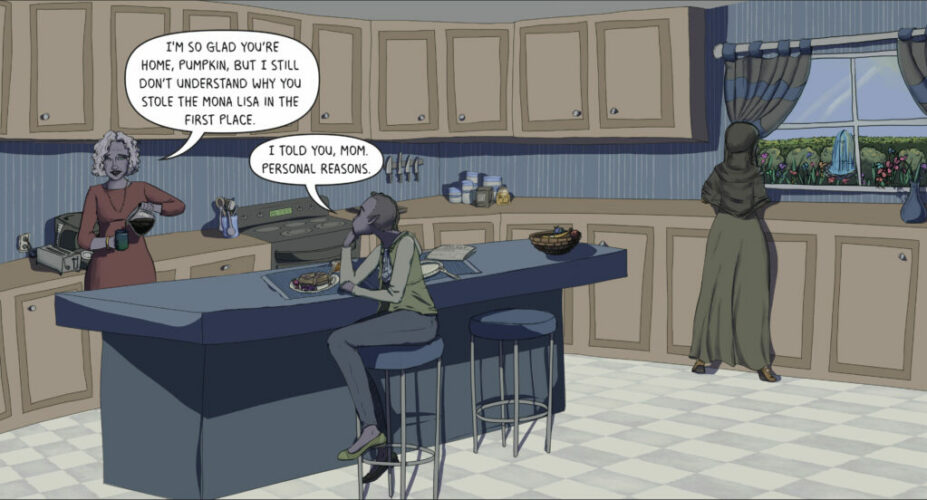





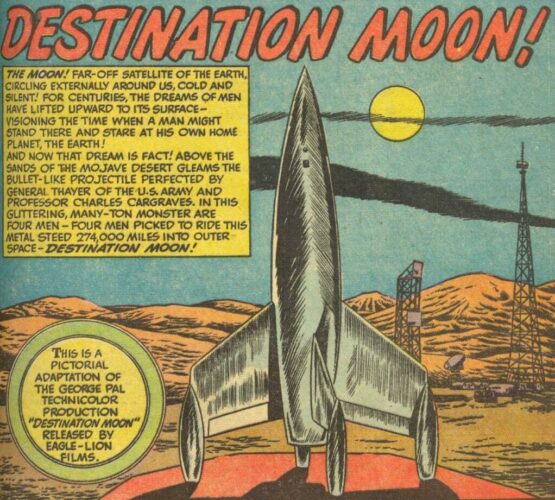
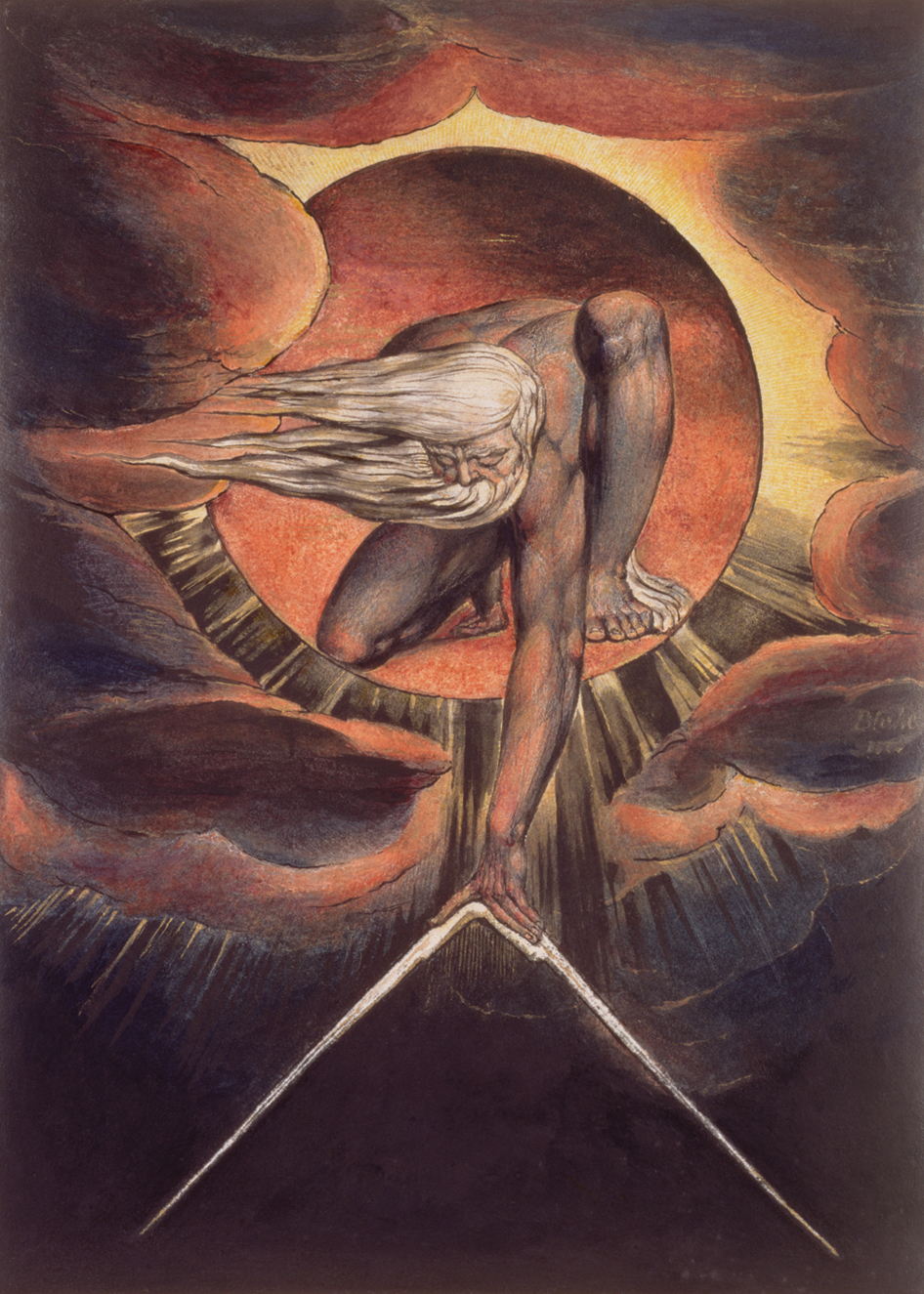 Them things you don’t show, I can see
Them things you don’t show, I can see